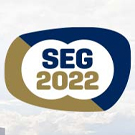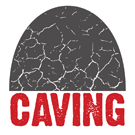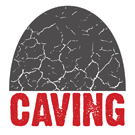The Practice of Mineral Resources Estimation Within the Context of the New Regulatory Environment
- Resource models and the mining business cycle
- Meeting the definition of mineral resources and mineral reserves
- International standards for public reporting
- The place of geological uncertainty in mineral resources reporting
Mineral Resources Modelling Within the Context of Scientific and Engineering Modelling
- Scientific and engineering modelling as a discipline
- Uncertainty and error
- Computer simulation
The Data and Information Bases
- Geological data acquisition
- Elements of sampling theory
- Quality Assurance and Quality Control
Resource Model Design and Fundamentals
- Stationarity, heterogeneity, spatial dependence
- The random field paradigm
- The support effect
- Short vs. long term models
- Designing an effective resource modelling process
- Incorporating geological controls of mineralization beyond 3D wireframing
The Geo-spatial Modelling Framework
- The geological setting
- Geological interpretation and modelling
- Coordinate transformations
- Resource domains and trends
Data Analysis for Resource Modelling
- Representative statistics in a geological context
- Univariate and multivariate statistical characterization
- Comparative statistics for different domains and data types
- Identification and treatment of outliers
Modelling the Spatial Continuity
- Measures of spatial continuity in a geological context
- Interpretation and modelling of variograms
- Spatial continuity and change of support
Estimation
- Estimation is more than interpolation
- From point to block estimation
- Modern estimation methods
- Multivariate estimation
- Conditional bias and design of the estimation plan
- Validation of estimated models
Simulation
- From estimation to simulation
- Simulation methods for categorical and continuous variables
- Multivariate simulations
- Validation of simulated models
- Post-processing and application of simulated models y Quantitative geological uncertainty assessment
- Introduction to Value of Information studies
Mineral Resources Classification and Reporting
- Definitions
- Integrating quantitative and qualitative classification criteria
- The role of geological uncertainty in classification
- Best practices and applications of technical and economic constraints
Use of Simulations in Mine Planning
- Integrating geological uncertainty to production planning and risk quantification
- Less risk and higher value
- Geological risk in mineral value chain optimization
Special Topics
- The information effect
- Reconciliation
- Modelling of geotechnical and geometallurgical variables




